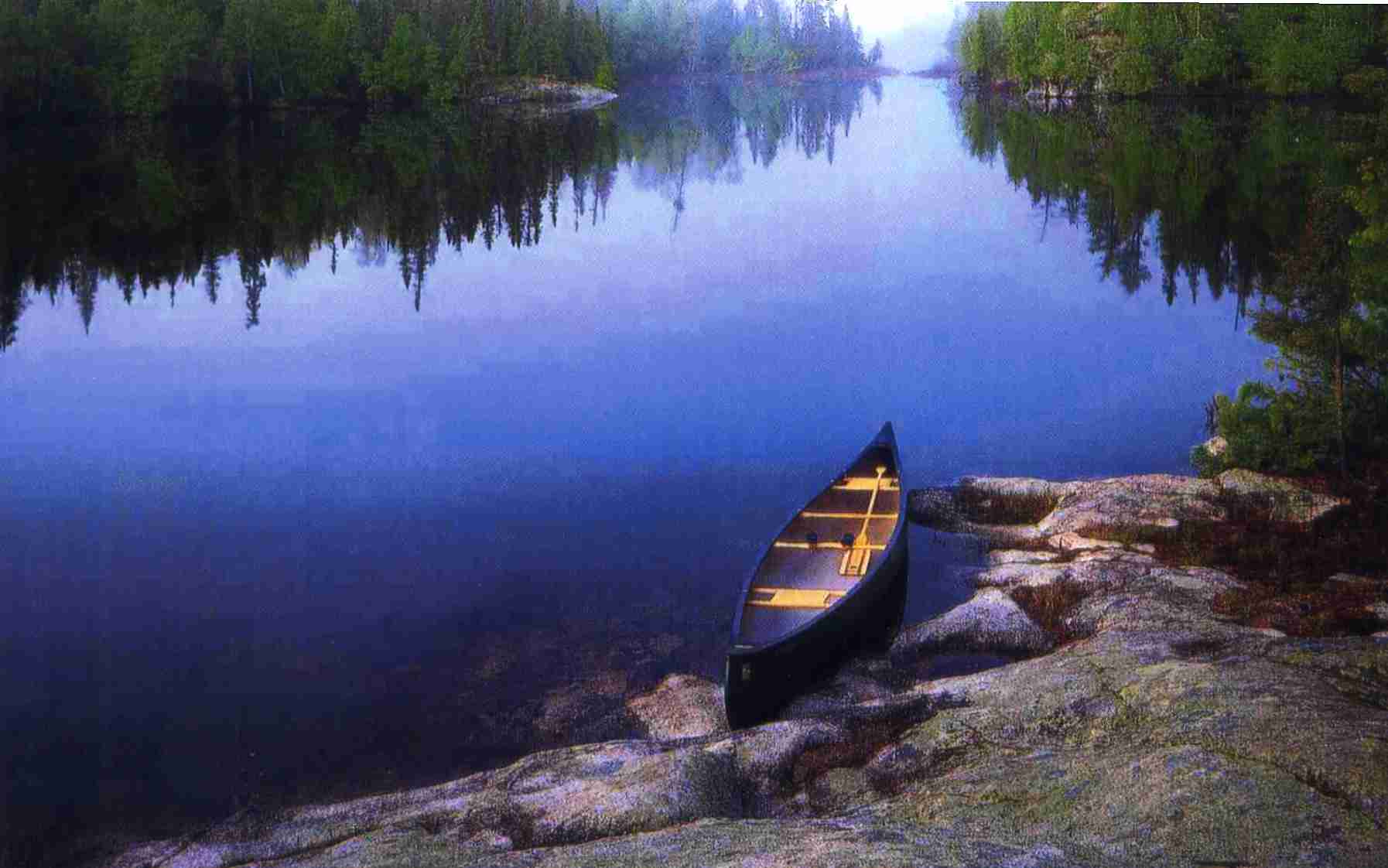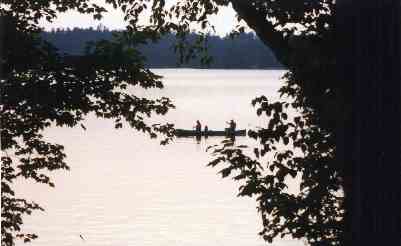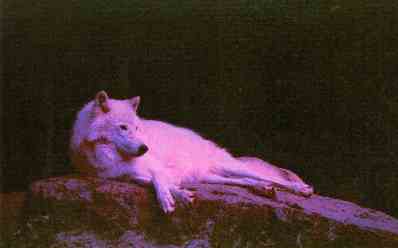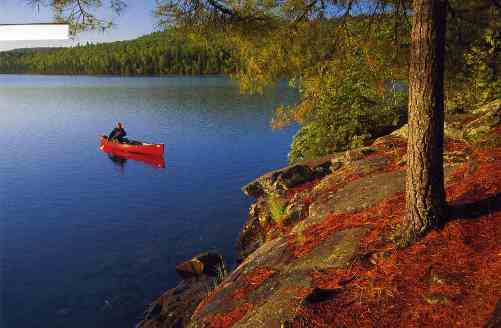Boundary Waters

| Route 66 | Cities | Beaches |
|
Boundary Waters |
 |
| Be careful with the Boundary Waters. The place is magic. It will cast a spell on you. After one visit, you just want to go back every year and never go anywhere else. This is one of the largest wilderness areas on the planet, accessible only by canoe in the Summer and dogsled in Winter. Not motorboat, seaplane, backpack, kayak, horse, bike, snowmobile, car or truck. The area includes 1.3 million acres, over a thousand lakes interconnected by two thousand portages and 2200 designated campsites. Like the Wind River Wilderness, Glacier Park or the Grand Canyon, the Boundary Waters is an area vast enough to swallow up someone for a lifetime. People specialize in one area : The Echo, Gunflint, Arrowhead or Fernberg Regions. The place can swallow huge numbers of people. After two or three portages, you can spend a week on the interior lakes and not see anyone even though all permits were issued. Weather is ideal. Rather than the heat of the Southwest or the cold of the Wind Rivers or Glacier, you have 80 degree days and 50 degree nights. |  |
 |
One thing which gives the Boundary Waters its haunting personality is its animals. The Wolf, Bear, Moose and Loon have become beloved Northwoods icons. They are celebrated in pictures, books, songs, and sculpture. The wolf and bear have their own multimillion dollar research centers which have become major tourist draws. And the animals will be part of your experience. You will lay in your tent at night listening to the wolves howling from one island to the next. Loons will swim around and below your canoe as you paddle. Moose will graze on waterplants along shorelines. And bear will continually snoop around your campsites after food. The albino wolf shown completely unafraid at left is not posing for a picture in a zoo. It is sunning itself on a rock at the edge of the woods. You will also see beaver, their dams, and trees they've gnawed to build them. Otters will not only swim in the lakes you paddle across, but will often be seen sliding down mud tracks into the water. Scurrying around your lunch stops and campsites will be squirrels, chipmunks, voles, and shrews. |
| A trip to the Boundary Waters is a visual spectacle. The cloudless skies and deep blue water are unmatched anywhere else. The days seem bathed in a light matched only in the Grand Canyon. Due to the Northern latitude, the sun rises early and sets late, so you have very long days to enjoy. The nights offer the Aurora Borealis, the Northerrn Lights (right), which especially from your tent are spectacular. Mornings and evenings tend to be very calm, and the glassy lakes reflect their surroundings so mirror perfectly that when you develop film you may not be able to tell which side of the photo is right side up. The trees, boulders and water create scenes so tempting that you want to aim your camera every five minutes and have to force yourself to wait for only the best pictures or you'll be out of film after the first day. The waters are so clear you want to stop paddling and look down at the Northern Pike, Bass, Walleye, Perch and Muskellunge swimming beneath you. |  |
 |
The Winter before a trip to the Boundary Waters, you should read at least a few of the books by Sigurd Olson, the great naturalist, philosopher, writer and teacher of the lake country. Olson was a biologist and teacher at Ely Community College. He wrote Singing Wilderness and Land Beyond The Rim. These and his other seven books are available through Pirogis Outfitters and Amazon Books. Olson ranks with Henry David Thoreau, John Muir, Edward Abbey and Aldo Leopold as one of the all time greatest wilderness thinkers and advocates. The Boundary Waters is too vast for any one man to totally explore and master in a lifetime, but Olson came as close as anyone ever has. He was a proficient canoeist, camper, fisherman, student and observor of the lakes and forest. Listening Point on Burntside Lake remains a monument to this great spokesman. That was his property, where he lived in his cabin and did his writing. From Camp Van Vac and Burntside Lodge it is a short paddle down the South Shore. The Sigurd Olson Foundation maintains a website and tries to keep his legacy alive. |
|
|||
|